
Ten pockets of woodland are being planted by watercourses in the Upper Ure catchment over the next few weeks. Newbiggin Beck in mid-Wensleydale is one area where trees are about to go into the ground.
The planting will create better conditions for fish and stabilise riverbanks. In each case farmers have readily agreed to the planting. Recent flooding, such as in November last year, saw large amounts of soil being washed away by the Ure and its tributaries.
The ten new woodlands constitute the first part of a project known as ‘Keep Ure Rivers Cool’.
Woodlands Project Officer for the Yorkshire Dales National Park Authority (YDNPA), Phill Hibbs, speaking during a site visit to Newbiggin Beck, said: “We can see some tree cover along the edge of the beck. It’s mainly mature trees – a couple of oaks on one side, a sycamore on the other – and there is not much natural regeneration. Any young trees have been grazed out, so we’re having a decline in tree cover. That means more sunlight is getting to the beck and warming the water and that’s not good for the native fish.
“What planting like this will do is cast dappled shade and cool the river, as well as stabilise the banks. Flood fencing, not square fencing, will be used, so that when it floods the fence won’t get taken away. We’re not using plastic tree guards here, as we don’t want them to get into the beck, so instead we’re planting in a much higher density – a new tree every metre rather than every two metres – to try to overcome the rabbit problem. We’ll be planting native trees that can stand in the wet: goat willow, grey willow, alder, downy birch and alder.”
‘Keep Ure Rivers Cool’ is a Dales to Vale Rivers Network partnership project bringing together the YDNPA, Yorkshire Dales Rivers Trust (YDRT), Woodland Trust, Wild Trout Trust, University of Leeds and Environment Agency to plant riparian trees at priority sites along the Ure catchment.
Sarah Clarke, Senior Catchment Partnership Officer at YDRT, said: “The Wensleydale Project strategy and Environment Agency mapping work has shown that the Ure is suffering from extreme temperature ranges owing to a lack of shade from bankside trees. This causes problems for aquatic life, particularly during the summer months and during drought conditions.
“The ‘Keeping Ure Rivers Cool’ project has identified 83 sites amounting to 6.2 km of riparian habitat creation. We may not be able to get all these sites planted up with trees, but carrying out work on the top ten is a good start. The planting will help species such as river lamprey, brown trout, white clawed crayfish, otter and kingfisher. We’re going to involve volunteers and school children, too, as the project develops. The more people that care for riversides, the better.”
‘Keep Ure Rivers Cool’ is one of the projects designed to meet the National Park Management objectives C3 on improving river water quality and D5 on natural flood management.


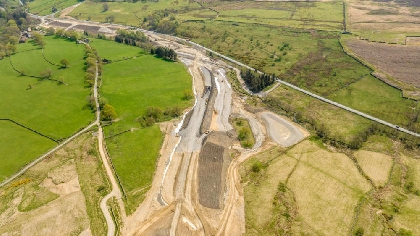 Don’t blame wildlife for £11.7m Kex Gill overspend, say Green councillors
Don’t blame wildlife for £11.7m Kex Gill overspend, say Green councillors
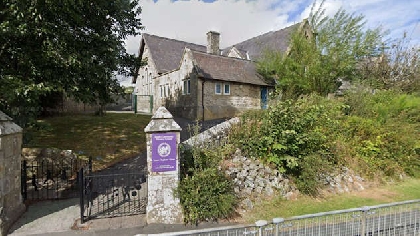 Dales school restructuring won’t make difference to pupils education
Dales school restructuring won’t make difference to pupils education
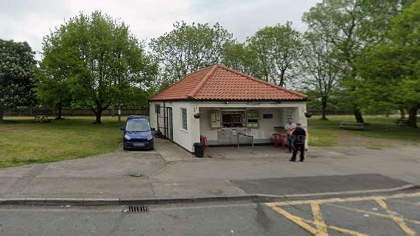 Details behind sudden closure of A66 cafe emerge
Details behind sudden closure of A66 cafe emerge
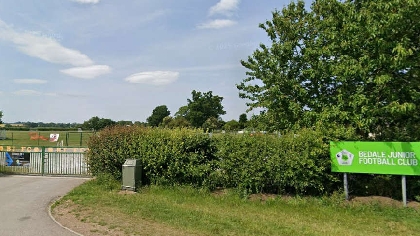 Junior football club may lose funding for promised new pitch
Junior football club may lose funding for promised new pitch
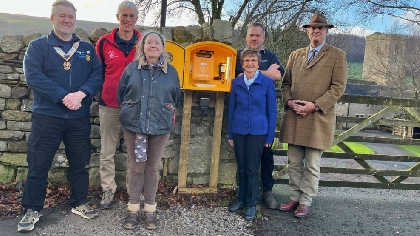 Life-saving defibrillator installed at Dales outdoor centre
Life-saving defibrillator installed at Dales outdoor centre
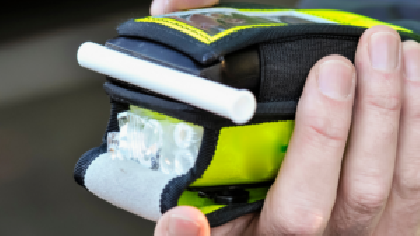 Winter Drink and Drug Drive campaign launched
Winter Drink and Drug Drive campaign launched
 Serious collision in Leyburn
Serious collision in Leyburn
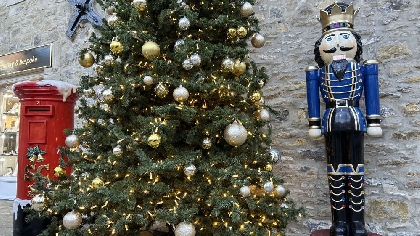 A nutcracker of a Christmas promised in Dales market town
A nutcracker of a Christmas promised in Dales market town
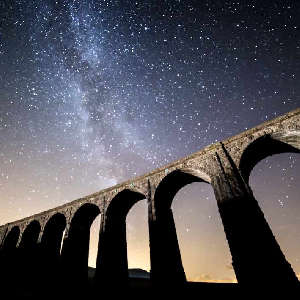





Comments
Add a comment